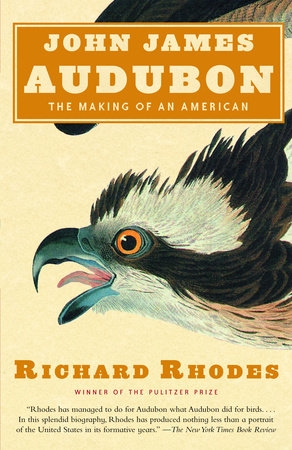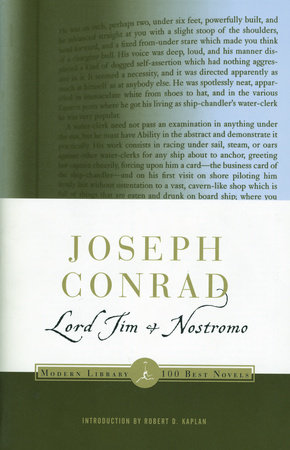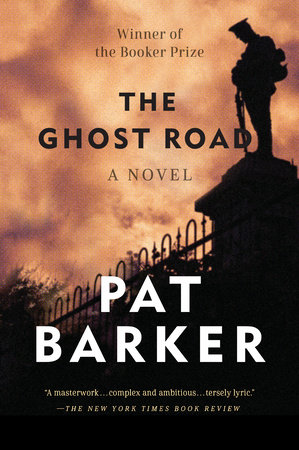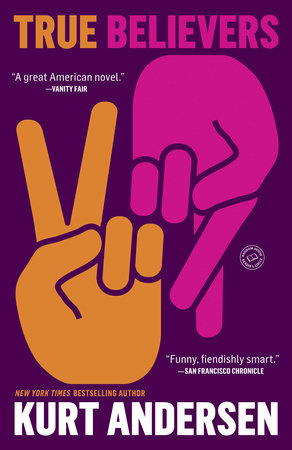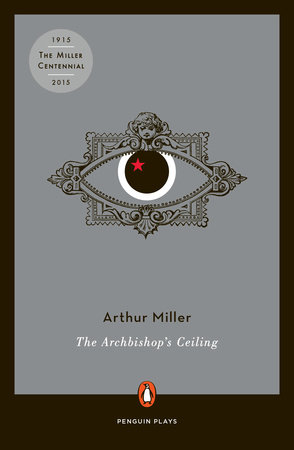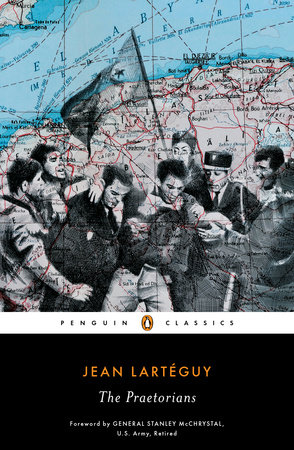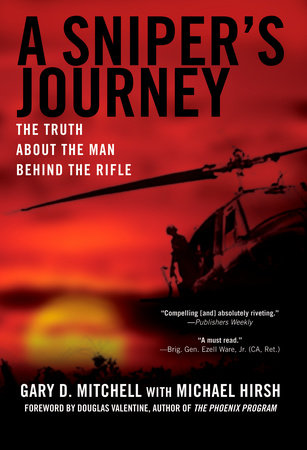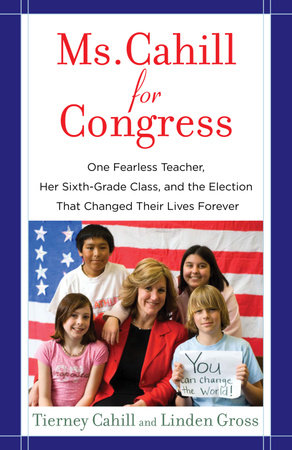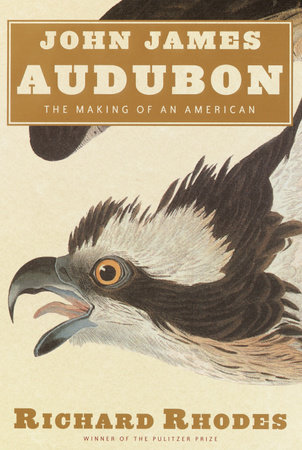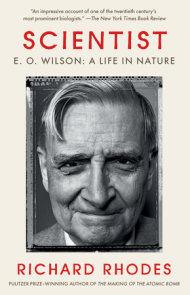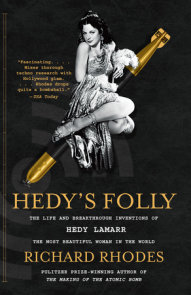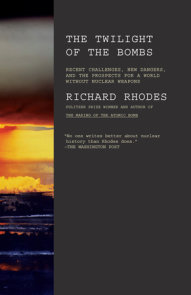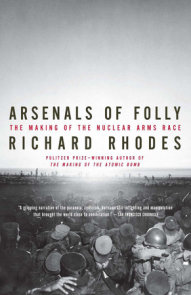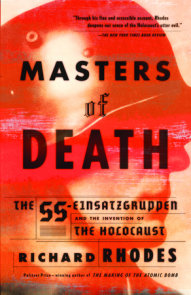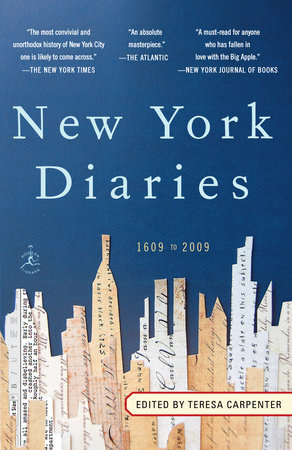Author Q&A
Q: Why Audubon?
A: Audubon is the great American artist no one knows. For example, he and Benjamin Franklin were the only two Americans elected Fellows of the Royal Society of London prior to the American Civil War–the 19th century’s highest scientific distinction. Audubon was a pioneer as colorful and original as Daniel Boone. He came to America from France in 1803 when he was just eighteen years old, learned thee-and-thou English from the Quaker landladies at his Philadelphia boarding house and after establishing himself on a plantation his father owned near Valley Forge, Pennsylvania, married a beautiful and cultured young Englishwoman, Lucy Bakewell, who lived on the plantation next door. Audubon and his Lucy crossed the Appalachians and made a life for themselves in frontier Kentucky, then in Louisiana, then in London and Edinburgh and finally in Manhattan–a great love story as fraught with separation and struggle and as romantic as the story David McCullough told so well of John and Abigail Adams.
Audubon gave us the first comprehensive portraits and field observations of American birds, reporting in detail on more than four hundred species that he traveled from Labrador down to Florida and Galveston Bay to observe. After his business failure in Kentucky he reinvented himself as a naturalist and a public celebrity at a time when America itself was inventing its national character. He could dance, sing, fence, draw portraits, play the violin and the flute, imitate an owl or an Osage war whoop. Now he took to dressing in buckskins and calling himself “the American Woodsman” to help promote his art. His life is an amazing odyssey, full of twists and turns and highs and lows, a true-life tale worthy of James Fenimore Cooper or Victor Hugo. He was unknown; he went bankrupt; he began drawing American birds for a comprehensive survey with not a penny in his pocket; he became a celebrity in England, a veritable rock star, Natty Bumppo with a stick of charcoal in his hand, within a month of arriving there and exhibiting his portfolio of incredible drawings; eventually he was attending dinners at the White House with Andrew Jackson, getting free use of Treasury Department revenue boats for his birding expeditions and inspiring the likes of young Henry David Thoreau.
It was a great pleasure for me to turn to this fascinating 19th-century life after writing two books in a row about violence and mass killing. My first book and much of my earlier magazine writing were examinations and celebrations of American life and American history. My first book, The Inland Ground, was subtitled An Evocation of the American Middle West. My first novel, The Ungodly, was a fictional reconstruction of the story of the Donner Party. I explored the Missouri, Arkansas and Oklahoma Ozarks for a volume I wrote for the Time-Life Wilderness Series, The Ozarks. And an early collection of magazine essays was titled Looking for America. So I knew the territory well.
Q: Your book is the first major biography of Audubon in more than thirty years. How does it revise the general understanding of the man? How did he execute his art?
A: There weren’t any cameras in the early 19th century, nor any binoculars. To draw a bird you had to shoot it. He shot, collected, mounted and drew. After he drew he dissected, investigating the birds’ anatomy and what they ate. Sometimes he shot multiple specimens to determine the type and preserved the skins for museums. And then, since he was out in the wilderness for weeks at a time collecting and drawing, he almost always cooked and ate his catch–which gives an idea of how quickly he could do a drawing. People today don’t realize that wild birds, including songbirds, were considered a valuable food resource in Audubon’s day and were shot in great numbers for sale in local markets, much as wild fish are harvested today.
The subtitle of my book is The Making of an American. Audubon’s life is a great example of how America became America–became the nation with the values we cherish today. Before the War of 1812, Americans thought of themselves in terms of where they had come from–as English, French, German and so on, with the values and character of those countries. After the War of 1812, which was a kind of second American Revolution, proving that we were here to stay, we began to call ourselves Americans, to see ourselves as an independent people who were can-do go-getters, democratic, enthusiastic, a little rough around the edges, self-made. The country had a small population and almost endless natural resources: the sky was the limit.
Audubon’s experiences mirrored that transformation, beginning with the winnowing fire of business failure and bankruptcy after the financial panic of 1819 when he took up his artistic calling. The bastard only son of a wealthy French naval officer and a chambermaid, mostly self-educated, he aspired to create a great work of art that would also be a great work of natural history. The Birds of America, his four-volume work of 435 hand-colored engraved prints–each fully two feet wide and a yard high–gave all the American birds known at that time at life size in all their colorful glory of attitude and display. He’s a paradigmatic example of how America evolved its national character through the individual lives and choices of its people.
He was also a charming man, comically vain about his thick chestnut hair, movie-star handsome, who never lost his French accent. People liked to be around him. To raise money to go to England to have his drawings engraved he taught cotillion dancing in the barns of Louisiana plantations where his Lucy worked as a schoolteacher.
Q: How much formal training as an artist did Audubon have?
A: Audubon’s childhood was disrupted by revolution, first in Haiti, where he was born in
1785 (his mother died within a few months of his birth), then in Nantes, France, where he returned with his father in 1791 when he was six (his father’s wife, Anne Moynet, who had been an older widow when his father married her, welcomed the boy and adopted him). Young Audubon’s schooling was interrupted by the civil disorder of the Revolution, when France’s school system collapsed. (Anne Moynet wrote to young Audubon’s father during this period, “He is the handsomest boy in France–but perhaps not the most studious.”)
But he continued to learn at home. His father taught him natural history on long walks together into the woods and marshes along the Loire River below Nantes, and he also learned how to observe and dissect birds from a ship’s surgeon and naturalist who was a family friend and who became an important mentor, Dr. Charles-Marie D’Orbigny. How much art training Audubon received isn’t known. From what he wrote later and from how he worked, he seems to have been trained in drawing from manikins, in black chalk portraiture and in drawing in pencil, pastels and watercolor. His great bird drawings are mixed media, primarily pencil and watercolor. He only learned to paint in oils as an adult in America, beginning with lessons in Louisiana in the 1820s. But he didn’t waste the lessons; he painted large oils of wildlife in England that he sold to the English gentry to finance the engraving and publication of his Birds.
Q: Audubon traced his attachment to birds to a few incidents in childhood–a parrot killed by a monkey and a book of illustrations his father gave him–as well as the trauma of living in Revolutionary France where people were being massacred. In fact you say “a desire to revivify the dead lay at the heart of his struggles to learn to draw birds in lifelike attitudes.” How do you connect these experiences?
A: Audubon’s previous biographers largely overlooked the childhood trauma that I believe strongly influenced his obsession with birds. That’s partly because his Victorian granddaughters went through his writings and systematically blacked out almost all his references to his childhood–because, comically but sadly, they believed he was the Lost Dauphin, the son of Louis XVI who happened to have been the same age as Audubon and whose death following his confinement to the Bastille when his father and mother, the King and Queen of France, were guillotined remained mysterious until DNA tests confirmed the identity of his remains just a few years ago. I found enough references uncensored in Audubon’s writings to determine that as an eight-year-old he had lived through the worst of the Terror in Nantes, when people were being slaughtered by the hundreds by the Revolutionary authorities, even chained on barges that were then sunk in the Loire River, contaminating the fish for months afterward. He and his father, mother and little half-sister Rose were imprisoned during the Terror and barely escaped with their lives. Obsession can be healing if it transmutes to creativity, as it did in Audubon’s case, and I think young Jean Jacques (as he was then) turned to birds because for him they represented freedom: they could literally fly away from trouble. He drew them to bring them back to life and make their freedom permanent on the page.
Q: Up to that point, you write, ornithological illustration had been lifeless: birds were inevitably drawn perched on branches in profile. How did Audubon’s innovations distinguish him?
A: Birds were drawn so plainly because the illustrations were used for identification, as bird guides are today. Audubon saw the possibility of moving from simple illustration to
art. He moved his birds off their perches, put himself at eye level with them and showed them flying, diving, fighting, loving, nesting in full animation and as he said, “at the size of life.” To realize how electrifying his drawings were to his contemporaries you have to remember that the only images available at that time were made by hand–by drawing, painting and engraving. Images were expensive; an oil portrait cost the equivalent of several thousand dollars. There were no cameras, no motion pictures, no television, no computer screens, no glossy full-color magazines. So there was very little in the way of visual stimulation. When Audubon arrived in Liverpool in 1826 with his portfolio of several hundred two-by-three-foot full-color watercolor drawings of American birds set in natural scenes–trees, rivers, shoreline, swamps–he rented an exhibition room and hung the walls with all his drawings. Walking into that room in 1826 would have been like walking into an IMAX theater today–exciting and almost disorienting in its flood of vivid color and animated action.
If you saw the movie “Winged Migration” with its thrilling birds’-eye view of the world of birds, you have some sense of the dazzling effect Audubon’s work must have had on his English audiences.
Q: But his early drawings were static. How did he achieve his spectacular effects?
A: His great challenge was how to set up his freshly-killed specimens so that he could draw them as if animated and alive. He tried drawing in the field, but simply couldn’t get close enough to the birds to sketch them going about their lives–something that’s easy to do today with a camera. He tried suspending his specimens with wires, puppet-like, and made, he said, “some pretty fair signboards for poulterers!” Then he woke up one morning–he was only nineteen at the time, still living on his father’s plantation near Philadelphia–with an inspiration, had his horse saddled, rode to a nearby town, bought some different thicknesses of wire and rushed home. His inspiration was a gridded mounting board studded with sharpened spikes on which he could impale his recently-killed specimens in lifelike positions–positions he had observed carefully in the field. The grid made it easy to transfer an outline to his paper. That was the beginning. He still had years of careful study and work to do before his drawings took on realistic life. Every year or two he deliberately destroyed most of his recent drawings to force himself to improve. It was only in the mid-1820s, when Audubon was in his 30s, that he finally achieved his mature style. The Edinburgh engraver William Lizars had engraved many bird illustrations when Audubon presented his portfolio in 1826. Lizars’ first response to Audubon’s work was, “My God, I never saw anything like this before!”
Q: Your book reads like an amazing 19th-century novel with a fascinating protagonist who’s handsome, talented, ambitious, brave. Even the events of his life are novelistic: a fake passport to flee Napoleonic France, betrayal by letter, the girl next door who waits patiently until he makes his fortune, and years of exploration and travel. Did you expect Audubon’s life to seem quite so epic?
A: I first encountered Audubon’s work on a visit to Florida more than twenty years ago when I was investigating the environmental politics of the Everglades for a magazine article I was asked to write. There was a set of The Birds of America on display in the parlor of Captain Geiger’s House in Key West, a public museum. I remember walking into the room and being simply electrified by the huge pages open on the table with their lifesized full-color birds. I read a book or two about Audubon then, mentioned him in my article and tucked his name away in a file as someone I might want someday to write about. Audubon’s life was unique and its trajectory spectacular, but such lives were possible in that era when there were far fewer people in America and a much less confining structure of rules and laws. So the novelists of the time may have been writing more realistically than we can see from our perspective today.
To take one obvious example, something I found almost shocking: because there was very little understanding of the cause of infectious disease and no effective treatment, daily life was far more contingent than it is now: you might be talking to someone one day who was perfectly healthy and find out a week later than he had suddenly taken ill and died. Whole families could be wiped out overnight. One in six ships that crossed the Atlantic never made it into port. Similarly, Audubon’s business failure–for which most of his biographers have blamed the distraction of his birding, as if it was a personal character flaw–was the result of the primitive monetary policy of the United States government in that era. It turns out that more than 90 percent of the businesses in the trans-Appalachian West failed that year, 1819, because the banks called in all their loans to meet a demand of the central bank for specie–gold and silver–to pay France the final installment of the Louisiana Purchase.
Q: When did you know you wanted to write about Audubon? How long did it take you to research the book, and what did you learn along the way?
A: In a sense, I began researching Audubon’s life when I first encountered his work in Captain Geiger’s house, more than twenty years ago. But I started work on his biography about three years ago. I learned a great deal about life in post-Colonial and Jacksonian America, of course, but I also learned from the research itself: John James Audubon is my first book set outside the 20th century, before the era of the typewriter. All the original documents I studied were written by hand. Many of Audubon’s letters had been transcribed and published, of course–but many more had not. Nor had Lucy’s letters or the many surviving letters written by members of her family, by Audubon’s friend and colleague the Reverend John Bachman, or by Audubon’s sons. I visited or corresponded with a number of research libraries in the United States and in Western Europe: at Harvard, Yale and Princeton; in Philadelphia at the American Philosophical Society; at the Audubon Museum in Henderson, Kentucky, where Audubon built a mill and ran a general store; at the Stark Museum in Orange, Texas; at the City Library in Liverpool, England; in Edinburgh; in Paris. I had nearly a thousand letters photocopied, learned to read Audubon’s difficult handwriting and then, with the help of an assistant, transcribed them all. I built a detailed chronology for the book–fitting quotations and references to the day-by-day chronicle of Audubon’s life–that ran to more than a thousand pages. I was amazed at how detailed and intimate a portrait it was possible to construct of the life of someone who died more than 150 years ago.
Q: Steamboats, passenger pigeons, the first railroad, earthquakes in Missouri add fascinating detail to Audubon’s story: why did you decide to make your biography a portrait of an era?
A: It’s a story of building America as well as a story of a man and woman building their lives. But I’ve always been fascinated with how different the past was from the present. Many things that seem inexplicable in the lives of our predecessors become at least understandable if set in their historic context. Birds were shot in great numbers in Audubon’s day, for example–behavior that seems wanton and irresponsible today–because wild game of all kinds was a basic source of food in a raw new country that did not yet have extensive commercial farming. Market hunters fed the growing populations of American cities with their deliveries of wild game; Audubon mentions seeing whole barge loads of passenger pigeons (so-called because they didn’t migrate but moved from forest to forest in search of food) floating down the Hudson on their way to the markets of New York. The passenger pigeon is extinct today, but in Audubon’s day, modern experts estimate, there may have been as many as three billion passenger pigeons in America.
Other examples: Audubon had to go to England to get his large drawings engraved; there was no place in the United States where he could find sheets of copper that large, nor any engraver prepared to work at that scale. Curiously, one of the largest crops in America in those days was hemp–not for smoking but for rope, which was needed for the riggings of sailing ships as well as for harness in a world where materials and people were moved almost entirely by boat, ship, oxen or horse. Or a somewhat lurid detail that I found intriguing: carrion birds such as buzzards and vultures were protected by law in Charleston and other American cities–because without refrigeration or public sanitation and with large numbers of animals providing the power supply, disposing of dead animals was a major problem. The birds served for sanitation, cleaning up the dead. They walked the streets and roosted on people’s roofs. They were part of everyday life.
Q: Can you talk about the great love affair he had with his wife, especially given their long separations?
A: Yes. When Audubon sailed to England in 1826 to find an engraver and publisher for his great book The Birds of America, Lucy stayed behind in St. Francisville, on the Mississippi River north of New Orleans, supporting herself and the Audubons’ two sons by running a school for the daughters of the wealthy owners of cotton plantations in the parish. John James and Lucy were separated for three years, and the only way they could communicate across all that distance was by letters sent privately on sailing ships. From New Orleans a letter could take as long as three months to cross the Atlantic–if it arrived at all. So the turnaround time for the Audubons’ communications was typically six months. Lucy had very little idea of what was happening in England–that her husband was rapidly becoming a celebrity and having great success selling subscriptions to his book–and John James didn’t understand that Lucy had to commit herself fully a year ahead to collect funds for her teaching, that she was only paid annually. He thought she wouldn’t give up her school and come to England to reunite them unless he became gentry rich, which was impossible when he was paying out hundreds of pounds sterling a month to have his drawings engraved, although he was earning enough from subscriptions and from nature paintings he was selling to support them both comfortably even at London prices. She thought that his glamorous new life had turned his head and he had stopped loving her. They wrote alternately angry and pleading letters back and forth for three years, a painful and touching correspondence that I reproduce at length in the book. Finally, in 1829, afraid he would lose his Lucy otherwise, Audubon simply put the work of producing his book in the hands of capable friends, jumped on a ship, sailed to New York, traveled by coach to Pittsburgh, took a steamboat down the Ohio and the Mississippi to the steamboat landing at Bayou Sarah, borrowed a horse in the middle of the night, rode to Lucy’s school, pushed open the door just at dawn and, in his words: “I pronounced her name gently, she saw me, and the next moment I held her in my arms. Her emotion was so great I feared I had acted rashly, but tears relieved our hearts, once more we were together.” They sailed back to England together and lived out a close and devoted marriage of 43 years. Today they would have checked in with each other daily by email–and we wouldn’t have one of the great stories of faithful love triumphing over adversity.
Q: At the end of his life, did Audubon feel that he had been a success?
A: He did. His goal had been to draw and write the greatest book about American birds of all time. The Birds of America was that, and artistically it still is; no one has ever drawn birds better. By 1839, when he finished producing Birds and its accompanying five volumes of “bird biographies,” the Ornithological Biography, Audubon was 54 years old, which was a lot older then than it is today. He turned out a great deal of work after that. He and his sons published a smaller, popular version of Birds in the United States, printed by lithography, that earned the modern equivalent of nearly a million dollars.
Born a bastard, he emigrated to a new country, learned its language, pioneered on its frontier, ran a successful business, lost everything in a financial panic not of his making, started over bravely at 34 with nothing more than pencil and paper and the clothes on his back, found a new calling in art and natural science, almost singlehandedly (with Lucy’s stalwart support and encouragement) explored the American wilderness and recorded its wonders, created and funded a major work of art and became one of the most celebrated Americans of his age. Several of Audubon’s previous biographers repeat the canard that he was a “bad businessman.” He estimated that it cost him $115,640 to publish The Birds of America–in modern dollars, about $2,140,000. Unsupported by gifts, grants or legacies, he raised almost every penny of that immense sum himself from painting, exhibiting and selling subscriptions and skins. His retail business failed in Henderson in 1819 in the wake of an economic disaster that was beyond his control. But when he set out to create a monumental work of art with his own heart and mind and hands, he succeeded–a staggering achievement, as if one man had singlehandedly financed and built an Egyptian pyramid. Bad businessman indeed.
Q: How did you feel when you came across the line in one of Audubon’s letters to Lucy, “What a curious and interesting book a biographer well acquainted with my life could write. It is still more wonderful and extraordinary than that of my father!”?
A: I felt as if John James Audubon was speaking directly to me, and I agreed with him completely. I hope that’s what I’ve done. And I hope readers enjoy the result as much as I enjoyed the process of discovery and writing. It seems to me that unless you’re writing about monsters you ought to come away from a biography liking and admiring your subject. I admire and like Audubon immensely–but then, as everyone who knew him said, he was an immensely likeable man.
